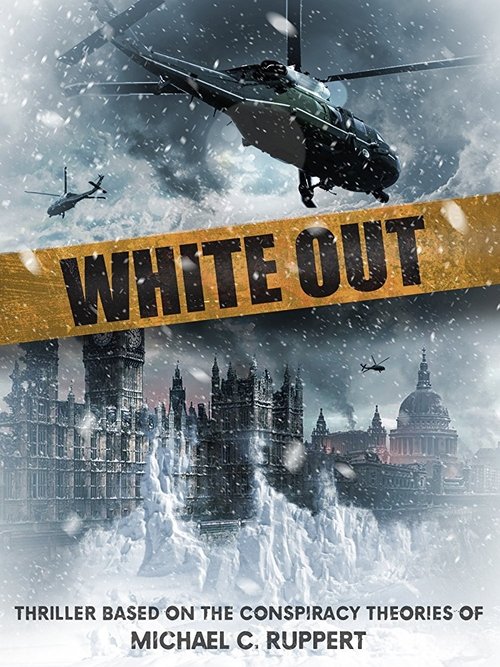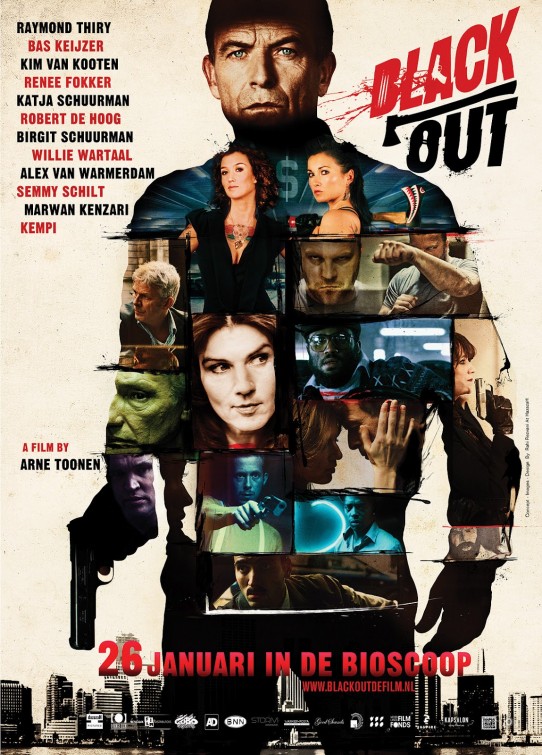

When making intricate and elaborate artworks, the detail is what we look at the most.

Indiscriminate changes in font and color only distract from your message therefore, we recommend you use no more than three colors and two font types for your text. But color should always be used sparingly and with considerable thought. ColorĪdding color to a presentation is an excellent way to draw a reader’s gaze and define the different sections of your poster. Above is an example of how a vertical column layout would flow.
#BEST WHITE OUT POSTER HOW TO#
In the best poster designs, the flow is logical and readers are never confused about how to find information on the poster or how to connect the dots between different sections. As you are choosing your layout and labeling the different sections of your poster, you should always consider the flow of your design. Flowįlow coordinates with how your readers’ eyes move around the different sections of your poster. For example, if your objective is to compare and contrast two different categories, a contrasting-fields layout will likely be a better option than a vertical columns or graphics-centered layout. Ultimately, the right layout for your poster will be the one that best illustrates the purpose of your report. Some popular options include vertical columns, contrasting fields, and the graphic-centered designs shown above.
#BEST WHITE OUT POSTER FREE#
There are many design options for the layout of a poster, including numerous free templates available online. Roughly speaking, 30% of your poster should consist of white space, 40% should consist of your title and text, and 30% should consist of graphic images. It also creates “breathing room” within your poster, which helps viewers avoid feeling overwhelmed by the information being presented.

White space exists as a key feature because it is necessary for defining the borders of your presentation. When choosing graphics, always choose high-resolution images (300 dpi or higher), and make sure that these images are large enough such that a person standing 5 feet away can see them. Avoid pulling low-resolution images from the web, always use captions for figures/tables, and always credit sources where appropriate. Graphics must appear in context with the main text. The text should clearly describe the objective of your study, the procedures used, the results obtained, and any conclusions based on the results presented.

Your text MUST be organized into sections and labeled with appropriate section headings so that readers can easily navigate the contents of your poster. Posters typically employ around 800 words (and no more than 1000 words) of text. For your title, we recommend using 48-point font (or larger) and bold lettering. The title is a descriptive indicator of the contents of the poster, and it should not exceed two lines of text. Layout, flow, and color affect the order and style of these four key features. The following summarizes the design elements that make up a scientific poster: Key FeaturesĪt its core, a poster is made up of four key features: a title, graphic(s), text, and white space. In addition, a good poster is not overloaded with text it contains only the most essential bits of text and graphics needed to tell the story. It has information presented in logical order such that audiences can navigate through the material easily. A good poster attracts audiences with a clear, uncluttered design that has a pop of color. Presenters use posters to entice audiences to: (1) read about their work, and (2) understand and remember the information presented.ĭesign can help you achieve both of these goals.


 0 kommentar(er)
0 kommentar(er)
